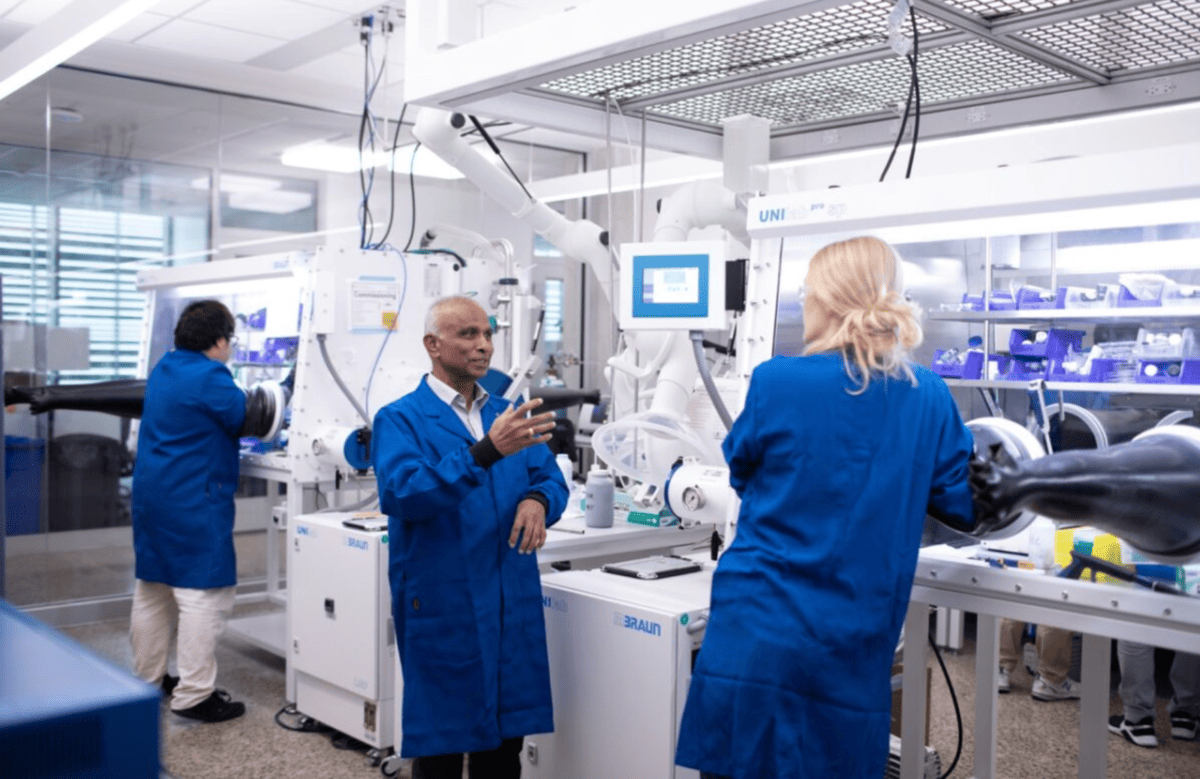Engineers banish fire hazard with batteries
Project at the University of Texas at Austin uses saltpeter to prevent fatal short circuits.

Similar to lithium-ion batteries, dendrites can also develop in sodium-ion batteries - needle-point deposits that cause short circuits with fires and explosions. However, researchers at the University of Texas in Austin have now found a means of preventing this growth in sodium-ion batteries. They add sodium nitrate, better known as saltpetre, the basic building block for fertilizers, to the liquid electrolyte. The electrolyte separates the two electrodes - anode and cathode - from each other. It prevents electrical contact, i.e. a short circuit, but allows ions - electrically charged particles - to pass through so that a current flows.
Problematic superfluous
Sodium-ion batteries are seen as an attractive alternative to the lithium-based electricity storage systems commonly used today. While these batteries require not only lithium but also cobalt, both of which are rare elements whose extraction has serious social consequences and causes massive environmental damage, the competing storage system makes do with everyday raw materials that are inexpensive because they are found in large quantities on earth.
However, while the industry has largely got the problems with lithium-ion batteries under control, the situation with sodium-ion batteries has so far been bleak - apart from the fact that they are still far behind series production. "Batteries catch fire because substances in the electrolyte are not compatible with other parts of the battery. By using saltpetre, we have eliminated the risk and created a safe and stable battery," says researcher Arumugam Manthiram.
Capacity at a high level
It is not yet known whether the new battery can match the power density of the lithium-ion battery. But the researchers in Texas have achieved one thing: their battery still has 80 percent of its original capacity after 500 charge and discharge cycles. This is equivalent to what lithium-ion batteries can achieve. In addition to sodium, which is present in almost unlimited quantities as a component of sea salt, the new battery contains 40 percent iron and 30 percent each of manganese and nickel.
Source: utexas.edu









